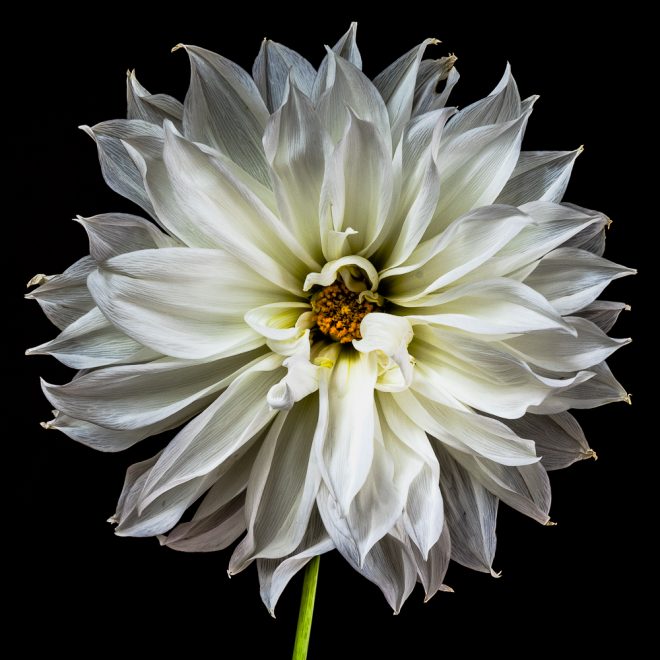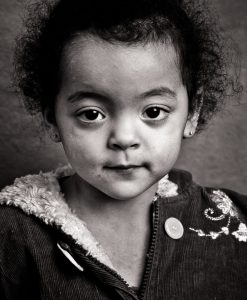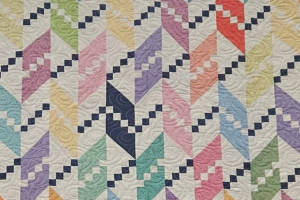Stage 18 to host “Andrew Kilgore’s Photographs” in October

Stage Eighteen will host a gallery reception and art exhibition of “Andrew Kilgore’s Photographs” at 18 E. Center St. in Fayetteville. The opening reception will be held on First Thursday, October 4, from 5 to 9 p.m. Exhibited works will be available for purchase and will remain on display through October (October 1-29). Admission is free; a cash bar will be available for guests during the reception. Stage 18 Gallery is open the First Thursday of the month and one hour prior to Stage 18 events.
The show features a selection of photographs by Andrew Kilgore, drawn from over four decades of photographic work in the region. Juxtaposing masterful portraiture with recent photographs of the natural world, the breadth of Kilgore’s uncompromising vision is on full display. Approaching every subject with empathy and honesty, Kilgore’s stunningly beautiful, aspirational images suggest a photographer at the peak of his craft.
Photographs will be available for purchase and will be printed to order. Admission is free; a cash bar will be available for guests during the reception.
From the ARTIST written by Andrew Kilgore
 For 50 years, I have worked to create a deep and rich catalog of fine art photographic images. My deepest desire has always been to create the most beautiful pictures I can of the most interesting people I can find. To date I have photographed over 40,000 incredible individuals – from presidents to paupers and everyone in between. But my work has not been limited to people. I have also photographed hundreds of animals, a wide range of nature studies as well as creating wildly abstract photographic images.
For 50 years, I have worked to create a deep and rich catalog of fine art photographic images. My deepest desire has always been to create the most beautiful pictures I can of the most interesting people I can find. To date I have photographed over 40,000 incredible individuals – from presidents to paupers and everyone in between. But my work has not been limited to people. I have also photographed hundreds of animals, a wide range of nature studies as well as creating wildly abstract photographic images.
What makes a picture of someone I don’t know a “fine art object?”
An image becomes fine art because it’s “iconic.” An icon creates connection – a link. A beautifully made picture that creates an empathic feeling of connection to all of humanity becomes art. One can look at it over and over because it creates deeper and deeper levels of meaning. It creates value – social value, aesthetic value as well as market value. This is my goal – to create images of enduring value for collectors and for our community as a whole.
I am an advocate. I care deeply about all people and act to create empathy for everyone including those whose lives are the most troubled and the most troubling.
I am an artist. I am endlessly fascinated by the raw edge of physical beauty and act to create images that reflect that beauty and are beautiful themselves.
Biography:
I began taking pictures in 1968. I was born in Virginia in 1940, I went to grade school in Illinois, high school in El Paso, Texas, and studied philosophy at Earlham College in Indiana. In New York, I studied theology at Union Theological Seminary and acting with Stella Adler. I worked as a minister for a year in Vermont before going to India with the Peace Corps in 1966. On my return journey from India in 1968, in Hong Kong, I bought my first camera.
One day while serving in India with the Peace Corps, I was squatting in the dirt waiting for the bus to my village when I saw a strange stick figure materialize through the veil of heat mirage far off down the road. It was a very old, low caste, Indian man. He was tiny, terribly thin, dressed in nothing but a rag. I, a 27-year-old American, sat in the dirt watching this man coming closer and closer in the tortured heat and sun of the dusty road. This lean brown frame, with calloused feet and a heavy basket balanced on his head, drew up to me and lowered himself to the ground beside me.
In that moment, I realized that nowhere on the earth could I find a person more different from myself than this man. Here was a person more unlike me than anyone else could possibly be. Yet I realized with a shock, in that same moment, that what I was experiencing was not his difference — but his sameness. His most basic inner experience of himself and my most basic experience of myself, stripped of all culture and personal history, were exactly the same.
This profound recognition has informed and empowered my iconic, fine art photography to this day. We are all so very different, and yet, we are all the same. To hold these two insights together at one time is the beginning of true seeing.
On my return from the Peace Corps, in 1971, I moved to Fayetteville, Arkansas, eventually opening a studio. It was there in Arkansas, shuttling between Little Rock and Fayetteville, that I settled down to do my life work as an artist and portrait photographer. From 1973 to 1977 I taught photography in the art department at the University of Arkansas. In 1981 I moved to Little Rock where I produced a wide range of exhibit length projects. In 1990 I moved back to Fayetteville to make it my home.
From the very beginning, I have created exhibits involving special groups of people, those who share that strange quality in our culture of being “unseen” by the general public. Working with various nonprofits and advocacy organizations, I have photographed developmentally disabled children and adults, people suffering from mental illness, at-risk adolescents, many of our poorest citizens and very many small children. I seek to discover for myself, for my audience and for my fine art print collectors the most challenging and diverse of subjects.
Many of my subjects are misunderstood, and most live on the fringes of American survival. These are people stripped by birth or by circumstance of the inclination or even the capacity for pretense, and so offer themselves to my camera with an openness and vulnerability that is both revealing and affecting.
The people in these groups — people who seem so “different” and are therefore so often relegated to being “marginalized” — give us a chance to take a deep, long look at who we all really are, and to experience what I experienced in India while waiting for the bus one day with that tiny old Indian man. We are, in fact, all one. https://www.andrewkilgore.com





Comments